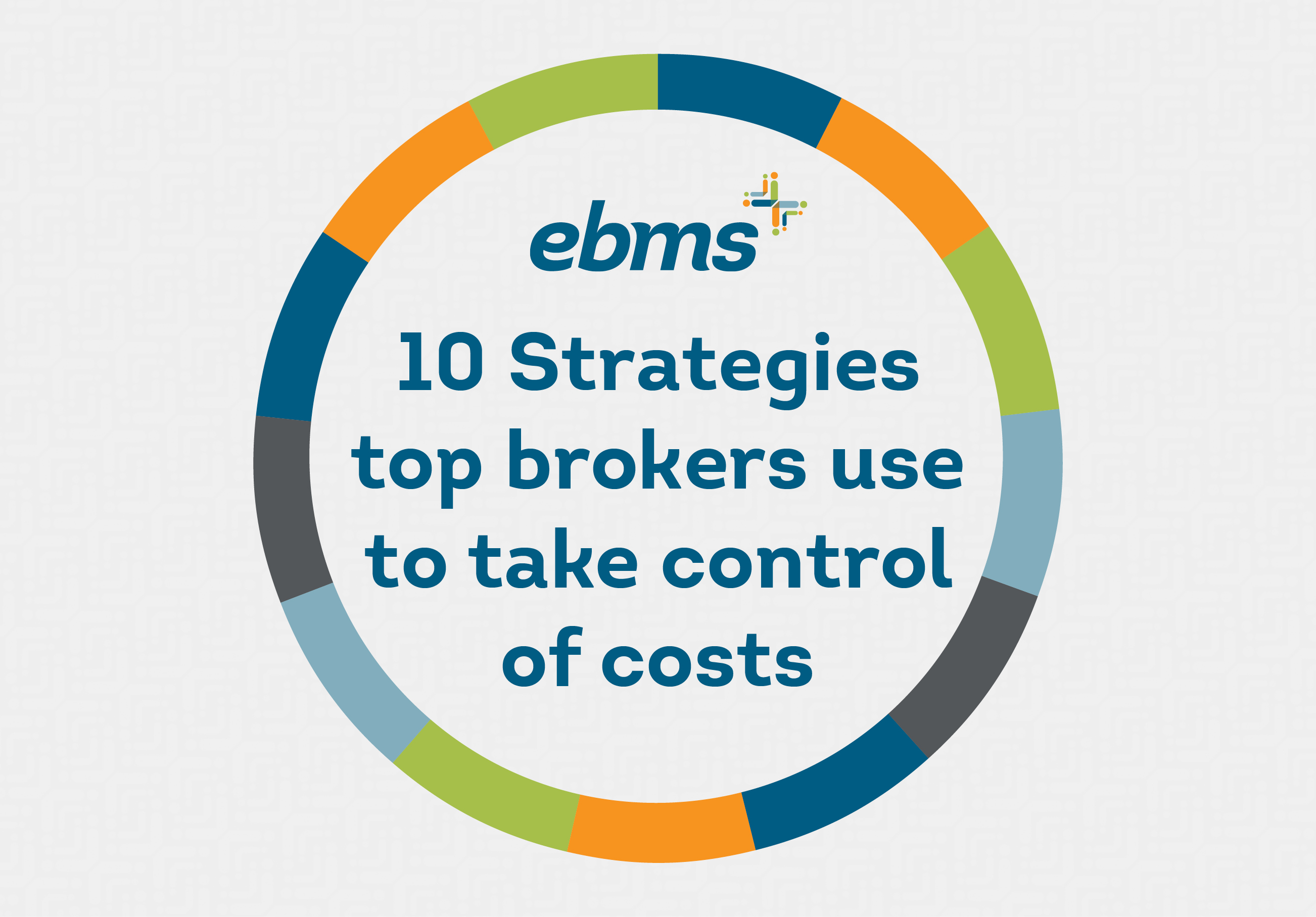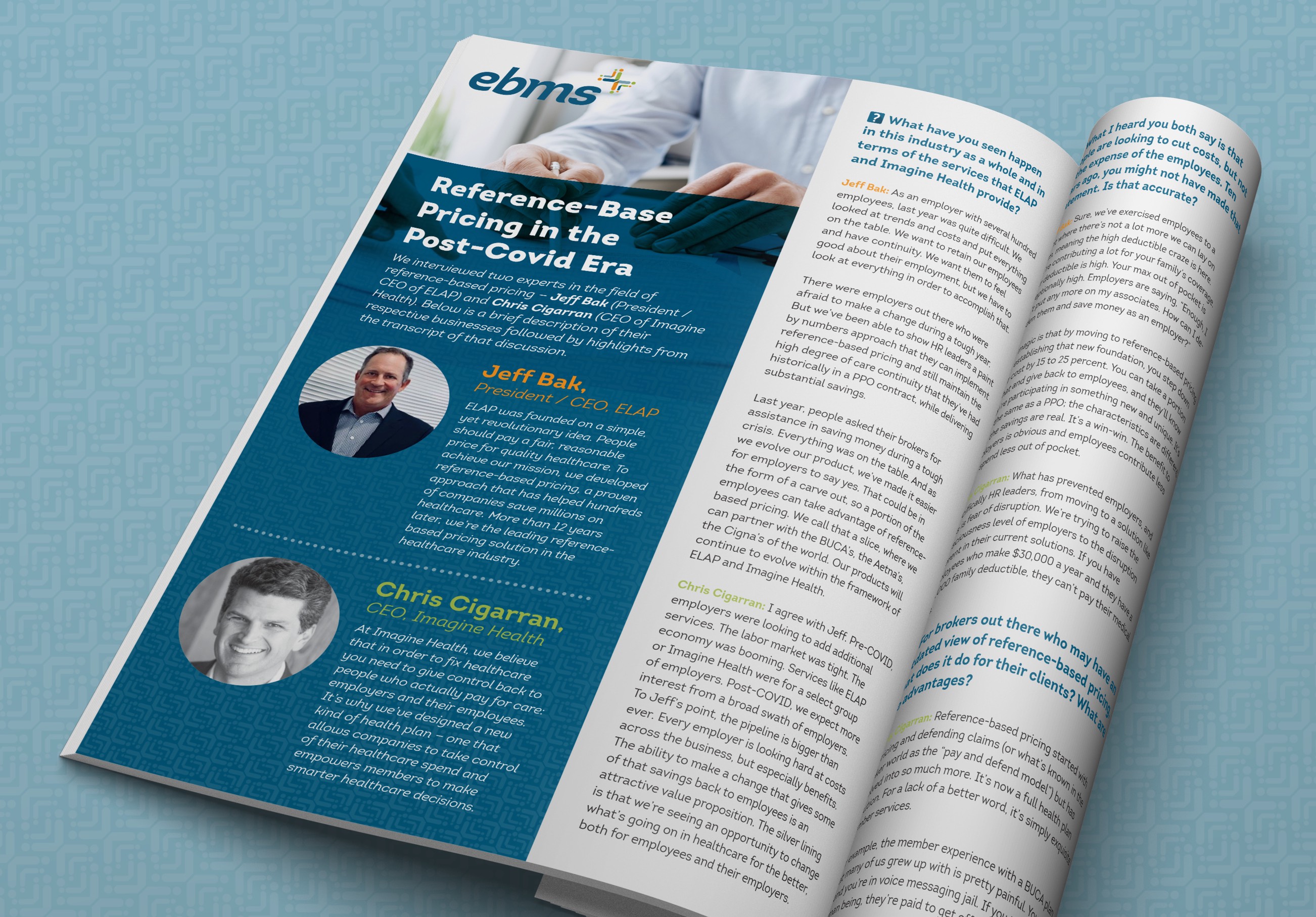Defining the Concept of ‘True Balance’ in a Benefit Plan
June 3rd, 2019

Companies can now implement the True Balance of benefits, tailored to specific needs and goals.
Since Dr. Andrew Murray joined EBMS as chief medical officer last fall, he has been very busy, bringing his characteristic brand of innovation to the company’s service line.
Dr. Murray has turned his focus to the miCare and miRx healthcare solutions. His goal is to help employers find the right balance between the twin goals of cutting costs and improving care — objectives that can often be in direct conflict with each other.
The miCare suite of solutions has long been known for innovation. In particular, employers have found that miCare on-site clinics result in greater cost savings and employee satisfaction. Now, Dr. Murray is expanding the EBMS vision to encompass a flexible, new solution called True Balance.
“True Balance starts with the recognition that every workforce is different, and companies vary in their goals for a benefit plan,” Dr. Murray explains. “Everyone is trying to balance manageable costs with high-quality care. That’s a given. But that balance point is not fixed and rigid. It can, and should, flex to meet the individualized needs of each company.”
Sound complicated? It’s really not! For example, imagine Employer X is a cutting-edge tech firm in a highly competitive market. A company like this places a high value on retaining its top performers, with an eye on recruiting visionary talent away from its competitors.
So Employer X wants a benefit plan that workers will see as a coveted prize. It is willing to spend more on comprehensive coverage and generous benefits, so that balance point flexes and shifts slightly — without tipping Employer X into the realm of runaway costs that can jeopardize the company’s financial health.




